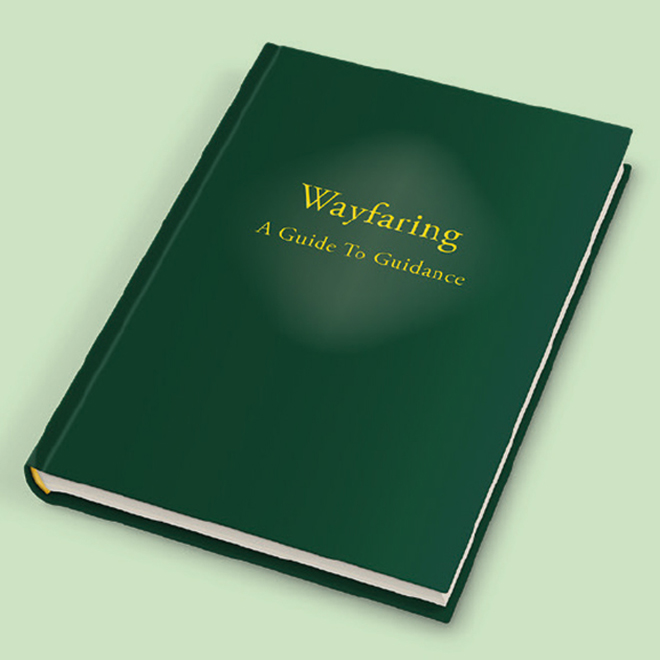Stories to grow on
Diana and John Lampen say a book is for life… not just for Christmas, and offer some attractive recommendations for the bookshelf
Books are low on many children’s Christmas wish lists, but we continue to give them as presents. Nothing else has such power to take children into the lives of other people and enlarge their sympathies. The quality of writing for children has never been higher. Here we offer suggestions of presents for children who are ‘different’ and feel ostracised; but many others will also enjoy and learn from them. Each book celebrates individuality and touches on very painful feelings, while showing how love can heal them.
